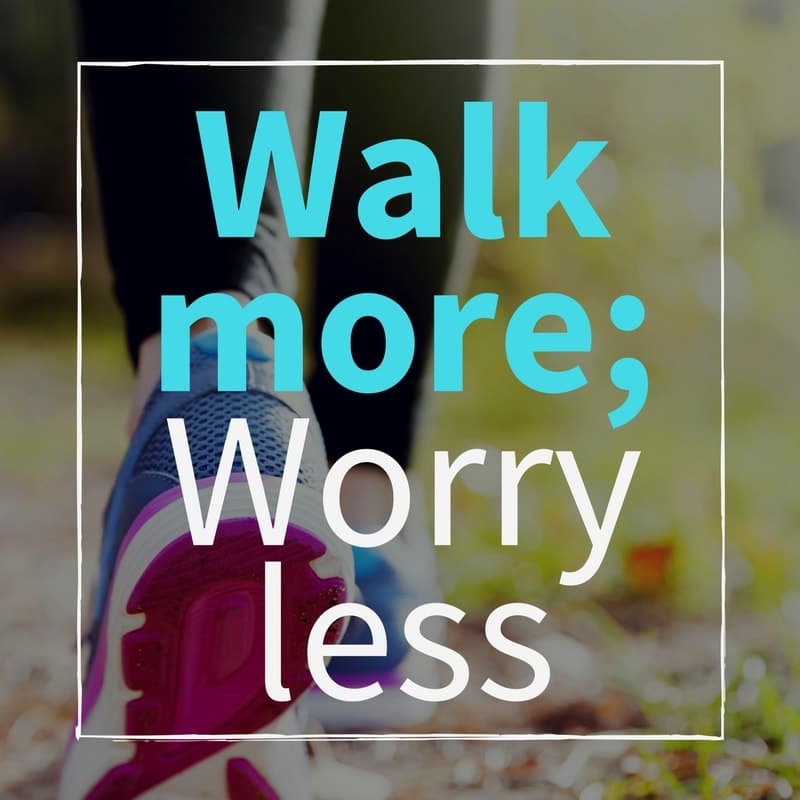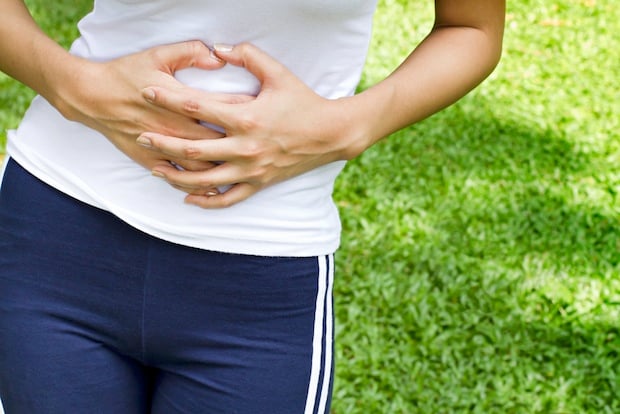Swimming is an excellent way to stay active and fit, but if your pool doesn’t have a saline, ozone, or a structured water filter, then you’re going to be stuck swimming in chlorine. Chlorine and bromine are added to swimming pools to kill bacteria and germs, oxidizes organic debris from perspiration and body oils, and fights algae. But chlorine also creates side effects, such as red eyes, dry skin and hair, and a strong odor.
Swimming without chlorine and bromine could be like swimming in a petri dish, exposing people to all sorts of potentially nasty microbes, experts say. The immediate benefits of disinfection far outweigh any potential long-term exposure risks, according to Lindsay Blackstock, a doctoral student in analytical and environmental toxicology at the University of Alberta in Canada via email. Ms. Blackstock co-authored a paper showing that 31 of the 31 swimming pools her team tested contained an artificial sweetener that could have gotten there only through people peeing it out in the pool! And that’s the real danger: not the pool chemicals themselves, but how they mix with other chemicals that people bring to the water. Urine, along with body care products like shampoos, lotions and conditioners, interacts with chlorine to form volatile organic compounds that can be unhealthy to breathe.
After the chlorine reacts, you create a whole spectrum of potentially dangerous molecules. The ones we know about are irritating to eyes and the respiratory system.
Cass who has a history of getting UTI attacks before her surgery had a UTI attack about 9 months after she started swimming lessons. That happened 3 years ago when she was 7 years old. It was her first UTI attack in 6 years. Each time she swam in the pool, she complained of pain on her private part. Besides, she also had red eyes, a phlegmy throat and bouts of sneezing. After the UTI attack 3 years ago, that was the last time she swam in a pool.
There is also a lady at our condo who used to swim everyday for over a year. After recurrent UTI attacks, she has since stopped swimming and is now keeping herself fit at the gym. My mil who swims almost daily has had several bouts of ear infections.
I have stopped swimming for a year as I kept getting irritation in my throat after swimming. I still love swimming and plan to go back to the pool to swim occasionally. I now do strength training, brisk walking and jogging every morning.

When chlorinated pools are indoors, toxic gases such as nitrogen trichloride are released, which can be very dangerous. When we breathe in this gas it can cause severe damage to the lining of the lungs which could lead to respiratory problems or asthma. This toxic gas can be harmful at any age yet it poses the most risk to elderly people and small children.
Chlorine is popular because it handles the three main jobs in keeping a swimming pool clean: It sanitizes (kills bacteria and germs), oxidizes (controls organic debris from perspiration and body oils), and deters algae. The chemical is unpopular, however, because it has a strong odor, reddens eyes, causes allergic reactions in some swimmers, and is a known carcinogen – meaning it has been linked to cancer!
Chlorine absorbs into your skin. Too much exposure to chlorine has been linked to major health problems including reproductive disorders and even birth defects. It can cause your skin and hair to dry out and over time too much exposure can even cause wrinkles.
More research is needed to work out whether there are lasting or more serious side effects in all areas caused by chlorine, one certainty is that chlorine can dry out the eyes and make them scratchy and red. You might have experienced it.
Although prolonged contact with chlorine is inadvisable, and we have to take steps to ensure our skin and hair don’t dry out too much, chlorinated water does help stop the spread of diseases and viruses.


















